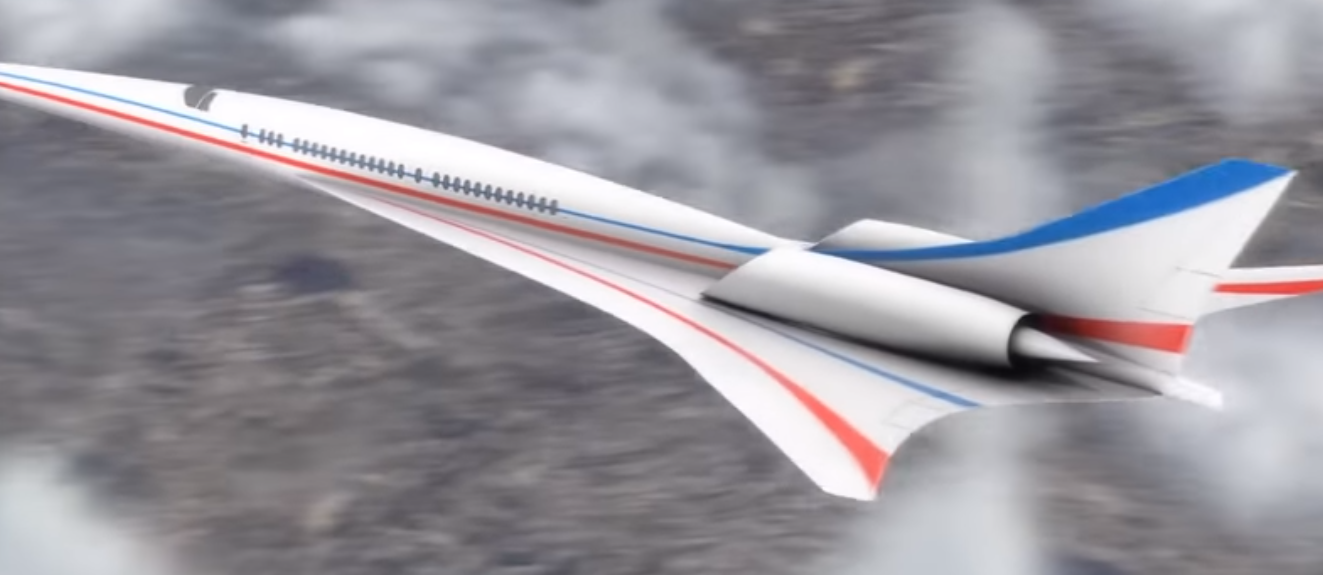Want to go from the bright lights of Broadway to the lofty palm trees of Sunset Boulevard in just two-and-a-half hours? In real life? Like, not in a science fiction movie that may or may not involve a teleportation machine?
Give it a decade. Because in that amount of time, it may just be coming to a commercial airport near you.
Of course, it’s not exactly a newfangled, revolutionary idea. If you recall the supersonic Concorde, which shuttled passengers from the United States to Europe from 1976 to 2003, the promise of commercial travel that moved the masses (or those who could afford it) at greater speeds has been attempted before, but unfortunately, eventually grounded after becoming both impractical and annoying.
For one, the Concorde was loud. Ridiculously loud. So noisy that it supersonic commercial flights were quickly banned over land (which is why it made its living traversing the Atlantic Ocean). It even ticked off people living near airports in New York and Washington … on the runway.
It was also far from economic. It would burn through 2% of its tank just taxiing.
This from WIRED:
NASA’s announcement this week that it was resurrecting a commercial supersonic aircraft called the Quiet SST (“QueSST”) seemed like a jump into the way-back machine. NASA administrator Charles Bolden promised the new airliner would be “cleaner, greener and faster” than existing commercial jetliners, whisking passengers anywhere in the world in six hours. But the laws of physics haven’t changed. So…how’s that going to work, exactly?
It turns out NASA and industry researchers have been working on the sonic-boom problem for the past couple of years. They think they’ve cracked it. “The trick to making airplanes quiet is to change the way the air flows around the airplane,” says Juan Jose Alonso, professor of aeronautics and astronautics at Stanford University who worked on the X-Plane design at NASA headquarters from 2006 to 2008.




































